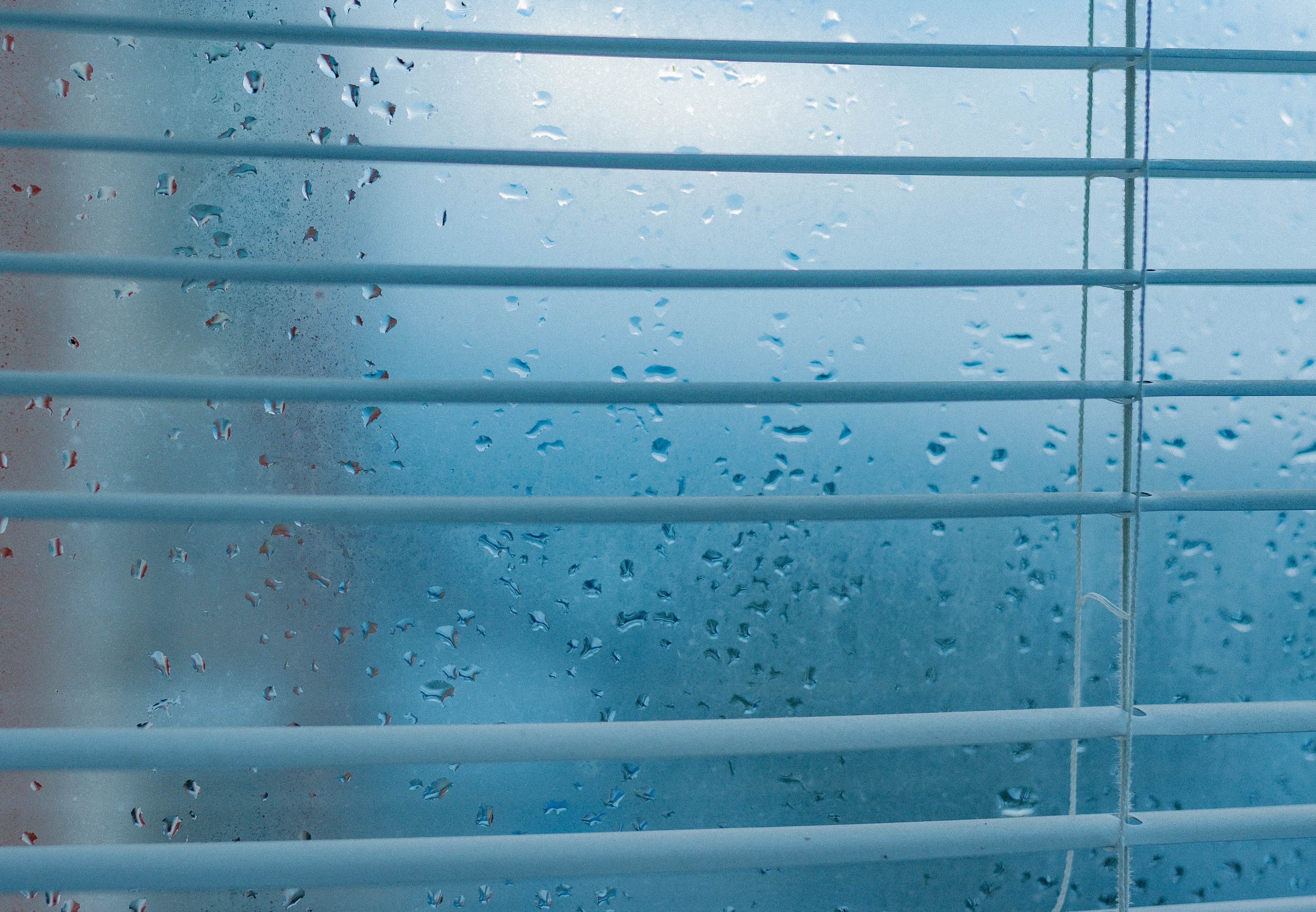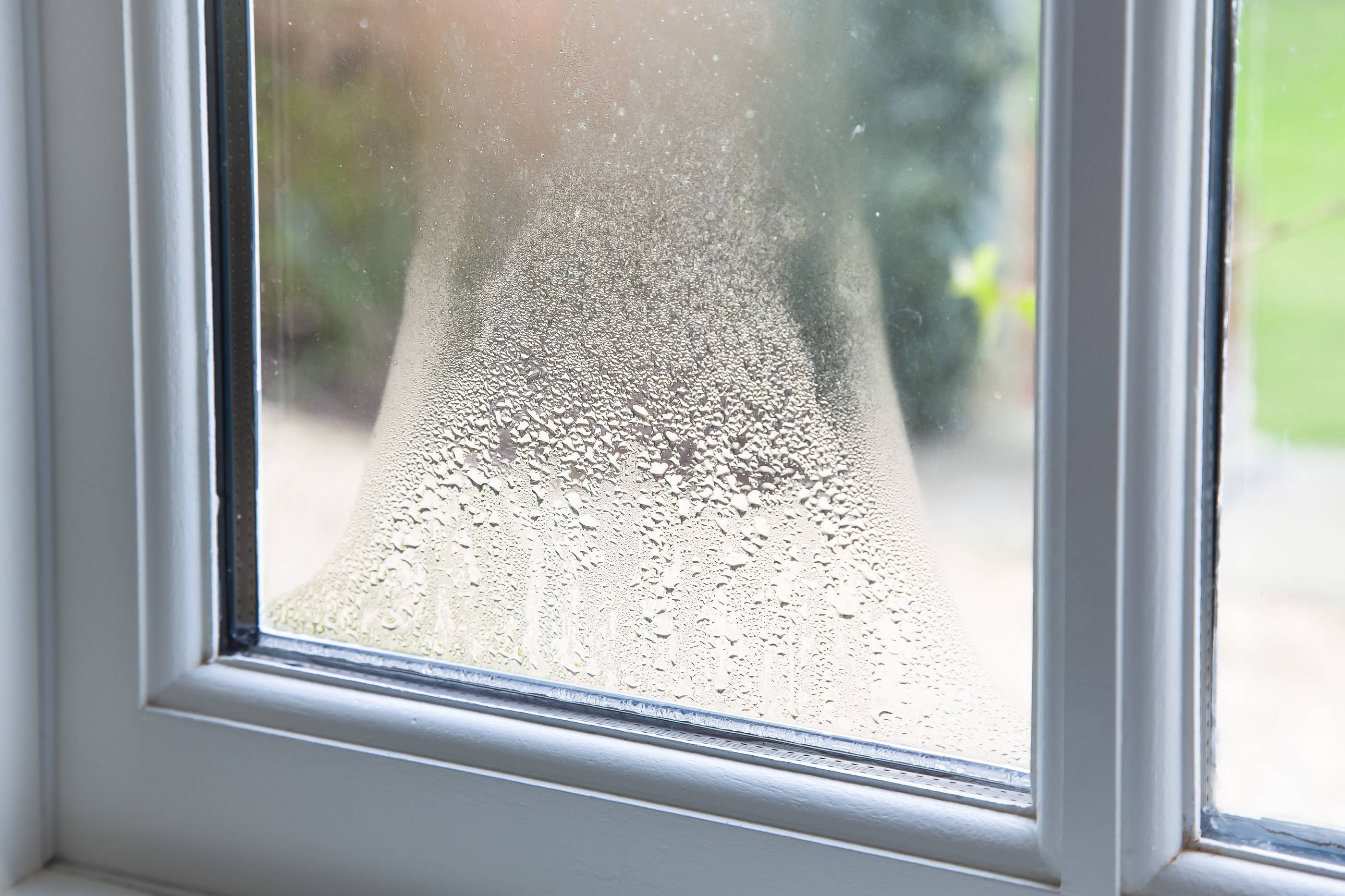Windows Are Not The Source Of Condensation in Your Home
Window Condensation
When moisture accumulates on your windows, it's a visible indication of excess moisture within your home. It's important to note that windows themselves aren't the cause of condensation.

What is Exterior Pane Condensation?
During the spring and fall seasons, it's common to see condensation forming on the outside of windows or patio doors, particularly when there are cool nights following warm days. This occurs due to a combination of factors, including high outdoor humidity, calm winds, clear night skies, and the temperature of the window glass dropping below the dew point in the air. It's a natural phenomenon, especially with energy-efficient products that limit airflow between glass panes. To address outdoor condensation, consider these steps:
- Open window coverings at night to allow exterior glass to warm up.
- Remove or trim shrubbery near windows or doors to enhance air circulation. With the warming of the day, the condensation will naturally evaporate.
What is Interior Pane Condensation?
When you notice condensation forming on the inside of your windows or patio door, it's typically due to elevated humidity levels. As warm, moisture-laden air encounters cooler surfaces, such as glass, it forms droplets or fog. Air with high humidity retains water vapor until it meets a surface with a temperature equal to or lower than the dew point, which is when air becomes saturated and produces dew. You may have observed a similar phenomenon with a foggy mirror after a hot shower.
Condensation often appears first on windows because glass surfaces tend to have the lowest temperature among interior surfaces in a home.
Why Wasn’t It Present Before?
Outdated, drafty windows permit moisture to leak out through ineffective seals and cracks. Modern windows and doors, on the other hand, create more energy-efficient, tightly sealed environments within homes. This improvement offers numerous benefits, such as enhanced comfort, reduced noise, and cleaner interiors. However, the tighter seals can inadvertently trap moisture indoors. Consequently, in today's homes, it's easier for humidity levels to rise to higher levels.
What Causes High Humidity?
Humidity arises from an abundance of water vapor in the air, which is a natural byproduct of various household activities. Routine tasks like cooking, laundry, and dishwashing can introduce up to 5 pounds of water vapor into the air each day. Additionally, sources such as plants, heating systems, humidifiers, and even seasonal fluctuations, rapid temperature shifts, as well as construction or remodeling projects contribute to indoor moisture levels. During construction, substantial amounts of water are released into the air from materials like concrete, plaster, and taping. However, with the onset of heating over a single season, the excess moisture typically diminishes, resolving condensation issues.
Tips To Reduce Your Home’s Humidity
- Be sure all ventilation to the outside is functional.
- Use kitchen and bathroom exhaust fans. run exhaust fans during and after the activities have ended.
- The process of heating your home will reduce the relative humidity provided you’re using dry heat. The dry heat will counterbalance most or all of the moisture produced by modern living.
- Open the fireplace damper to allow an easier escape for moisture.
- Open windows and doors when practical to reduce excessive moisture.
- Use ceiling fans to keep air circulating within your home.
- Use dehumidifiers to reduce the amount of moisture in homes with humidity problems.



